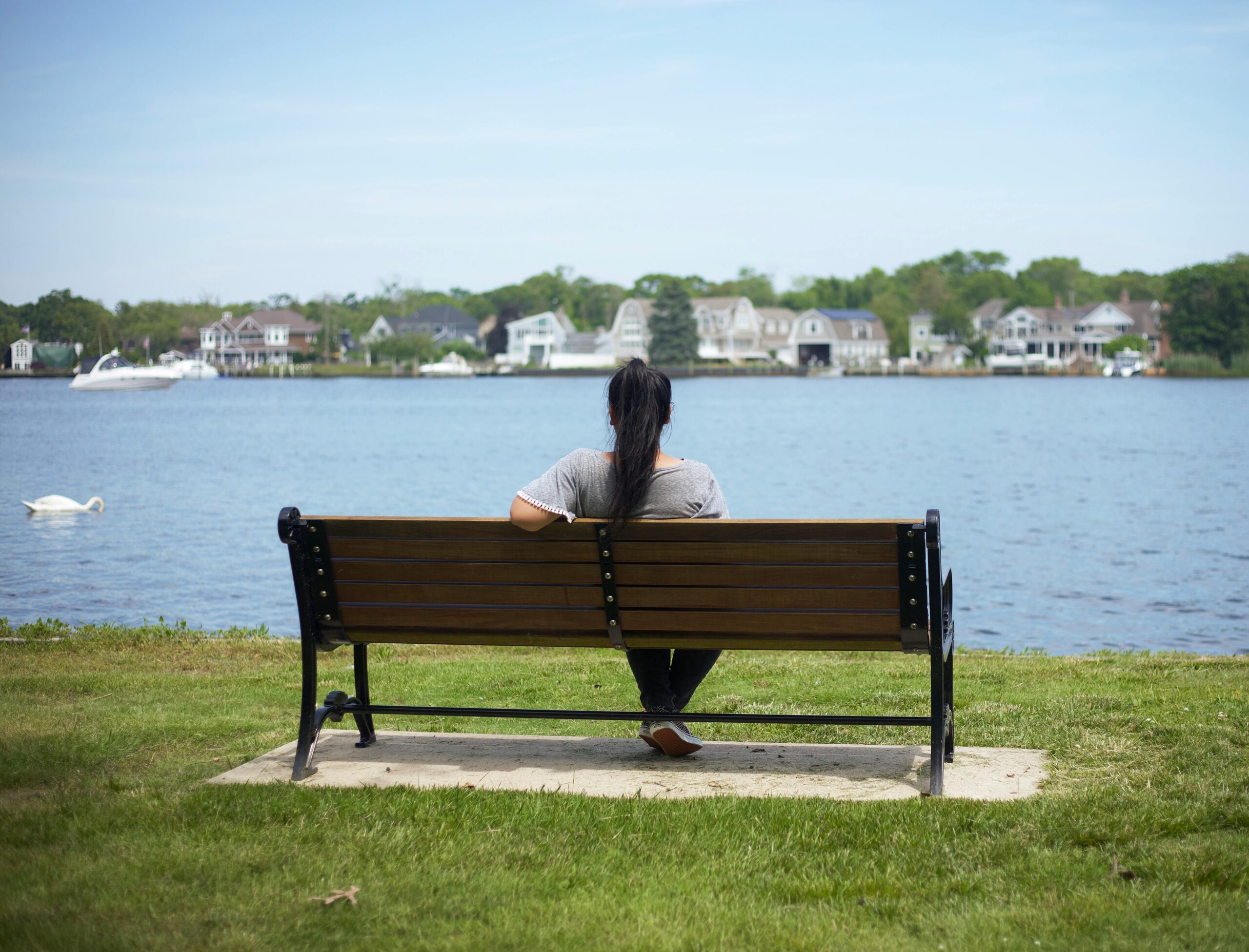
Do you want to go hiking alone, but the fear of getting lost or hurt prevents you from going? Well, you’re smart because getting injured or lost or running into other issues can be very possible if you don’t adequately prepare for your adventure. Even hiking experts plan well before they leave for a solo hike.
Hiking alone can be very intimidating, but the benefits of hiking solo can’t be beaten. This article will help you overcome any fears you may have, avoid the misery of being lost in the wilderness and give you safety tips for hiking alone.
So, grab your favorite pair of tactical hiking boots and get ready to experience nature like never before.
Essential Hiking Gear to Pack
When you decide to take on your first solo hike, there are certain things you need to make sure you pack. These items are something that are probably already on your hiking supply list, but when you’re going alone, they are even more important. Some of these depend on how long you’re hiking, where you’re going and how much gear you can carry in your durable tactical backpack:
- Compass
- Map
- Food
- Water
- Firestarter
- Flashlight
- First aid kit
- Knife or multitool
- Sunglasses
- Sunscreen
- Rain gear
- Quality duct tape – for repairing your backpack or shoes
- Personal locator beacon (PLB)
- Water treatment kit
- Insect repellent
- Extra pairs of socks
- Supportive braces for any weak joints you have
7 Vital Safety Tips for Solo Hikers
Here are smart safety tips for people hiking alone.
1. Choose a Popular, Well-Marked Hiking Trail
There are many reasons for choosing a popular trail, even though it may seem like it’s defeating the purpose of a solo hike. First, these trails are often safer and maintained better, so you’ll be less likely to get injured.
Plus, these trails are traveled more, so you’ll run into other hikers if something goes wrong. You’ll still have plenty of alone time.
2. Go on a Day Hike for Your First Solo Hike
One of the safest things to do is to choose a day hike for your first hike alone. It could be a familiar place or somewhere you want to do a longer solo hike.
Going hiking on a familiar trail means you know what to expect, the terrain and what you need to take. If it’s an unfamiliar area, a day hike allows you to scout out the area and learn the terrain. You can also figure out how long it will take to travel the whole trail. You’ll also be able to note possible dangers.
You’ll find plenty of great trails worth doing solo that are perfect for hiking alone or that are just so beautiful you don’t want to miss them.
3. Check the Weather Where You’re Hiking Before You Go
Checking the weather where you’re going is imperative, especially if the area is unfamiliar to you or in a climate you aren’t used to. The weather can change quickly, and you may find yourself in a life-or-death situation.
If you’re prepared for traveling along the trail in sunny weather, and it changes to snow, you risk hypothermia and even death without the right clothing and shelter. Knowing the weather helps you pack the right clothing and supplies for your adventure.
4. Know Your Physical Limitations
This tip is important. You should be realistic about how long and far you can hike. There’s more to preparing for a hike than just figuring out what to pack.
If you plan on a long hike in the backcountry, then train for it. You can train by going to the gym and cycling, by riding your bike or by going on shorter hikes close to home.
Also, wear the hiking boots or shoes you plan on using on your longer solo hike. If you choose shoes, you’ll need to strengthen your ankles, or you could get injured on the trail by twisting your ankle. For a wide selection of high-quality hiking boots and shoes, visit https://hike-footwear.com/.
Plus, prepare yourself for the climate and conditions. Will you be in a snowstorm, downpour or get eaten by mosquitoes or sand flies?
5. Always Trust Your Gut Instincts
Our bodies are equipped to perceive warnings, and those come from our instincts. If something doesn’t feel right or looks suspicious, there’s probably something wrong. If you start hearing alarm bells when you pass that weirdo on the trail, prepare for the worst-case scenario. If you feel like it’s too late to continue on the trail, stop.
You shouldn’t take risks when you’re hiking solo. It’s okay to just nod to people and hike on, and it’s okay to stop. You don’t have to prove how tough you are and how long you can go. Always trust your judgment and be cautious.
6. Tell Someone Where You’re Going
The smartest thing you can do is let someone know where you’re going. Give them a copy of your itinerary and leave one in your car somewhere. That way, if you get lost and a search party gets called out, they know where to look.
Also, if you’re traveling in a different country, check into travel insurance because you could be looking at an expensive bill for a search and rescue team.
7. Stay on the Hiking Trail
Many people are tempted to go off the trail, and this is dangerous. You can get injured in unfamiliar terrain, and then people won’t know where to look for you. Pack a paper map. If you get lost and can’t access the map on your phone because it dies, you have what you need to find your way out of the woods.
If you get lost on the trail, don’t panic. Consult your map and look for trail markers. You can even take photos of any junctions along the trail so that you remember the way you came and can retrace your steps.
Hiking solo is such a rewarding experience. You can connect with nature in a completely different way than hiking with a group. Make sure you prepare for your trip, carry the essential gear and follow these tips so you’ll have an amazing solo hiking adventure.

















